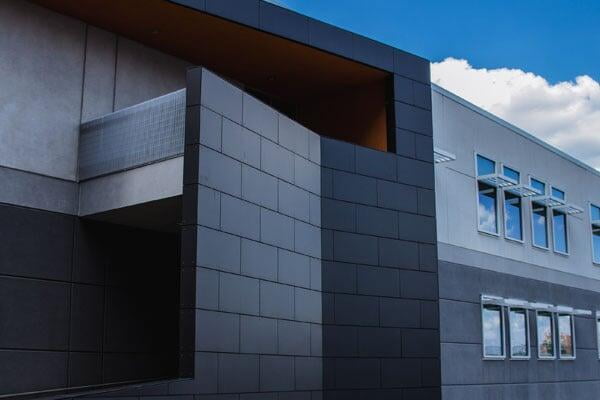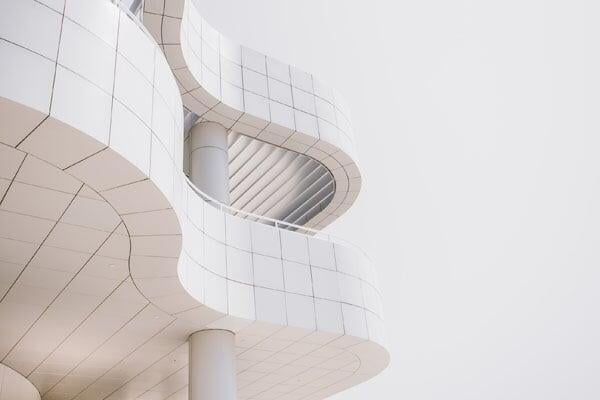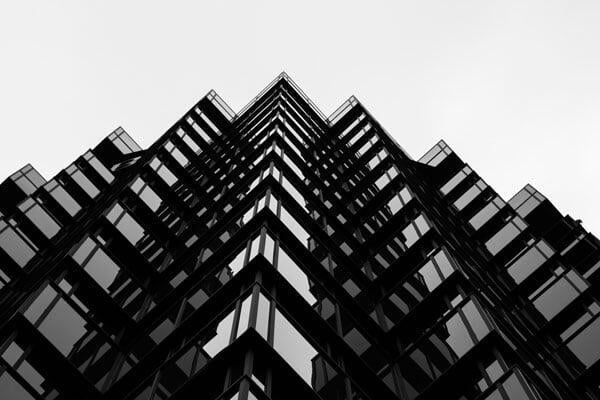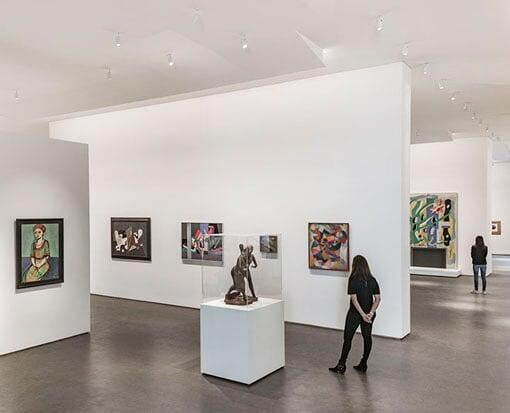
Q-Wall
QuarkStar
The Q-Wall lighting optics developed by QuarkStar are being used for the first time in new £330 million (US$450 million) art gallery.
QuarkStar’s radical Edge-X technology has been specified by lighting design practice L’Observatoire for the newly opened Kinder Building, centrepiece of a massive expansion to the Museum of Fine Arts in Houston.
The expansion was the largest fine art gallery project in North America in 2020, designed by US Steven Holl Architects in partnership with Kendall Heaton.
QuarkStar’s Q-Wall asymmetric linear lights with the Edge-X optics have been installed in nearly all galleries that use artificial lighting as their primary source of exhibit illumination.
The luminaire has an optic of less of 2 cm wide yet illuminates 5m-high walls with a high degree of uniformity. It also uses colour tuning of its LEDs to match the prevailing daylighting environment.
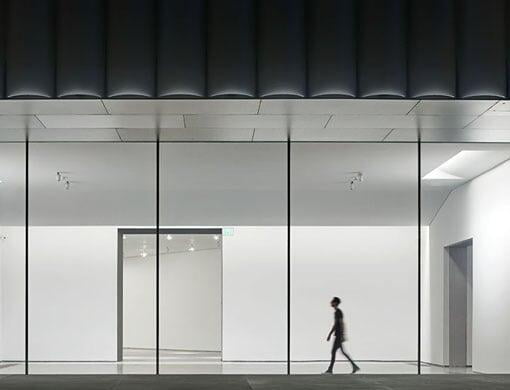
The QuarkStar luminaire has an Edge-X optic of under of 2cm wide, yet illuminates 5m-high walls with a high degree of uniformity. It maintains consistent, even illumination on the far wall. Pic: Peter Molick
Edge-X doesn’t use a waveguide as a light-emitting surface. Instead, it acts solely as a guide and mixing chamber. Using refraction instead of reflection, the ‘light shaping’ lenses – an 'injector' and 'extractor' – at the edges guides the output from LEDs and ‘sculpts’ the distribution of light in a space.
The benefit is that one can achieve distributions superior to traditional luminaire designs with the added bonus of colour mixing from a much smaller fixture.
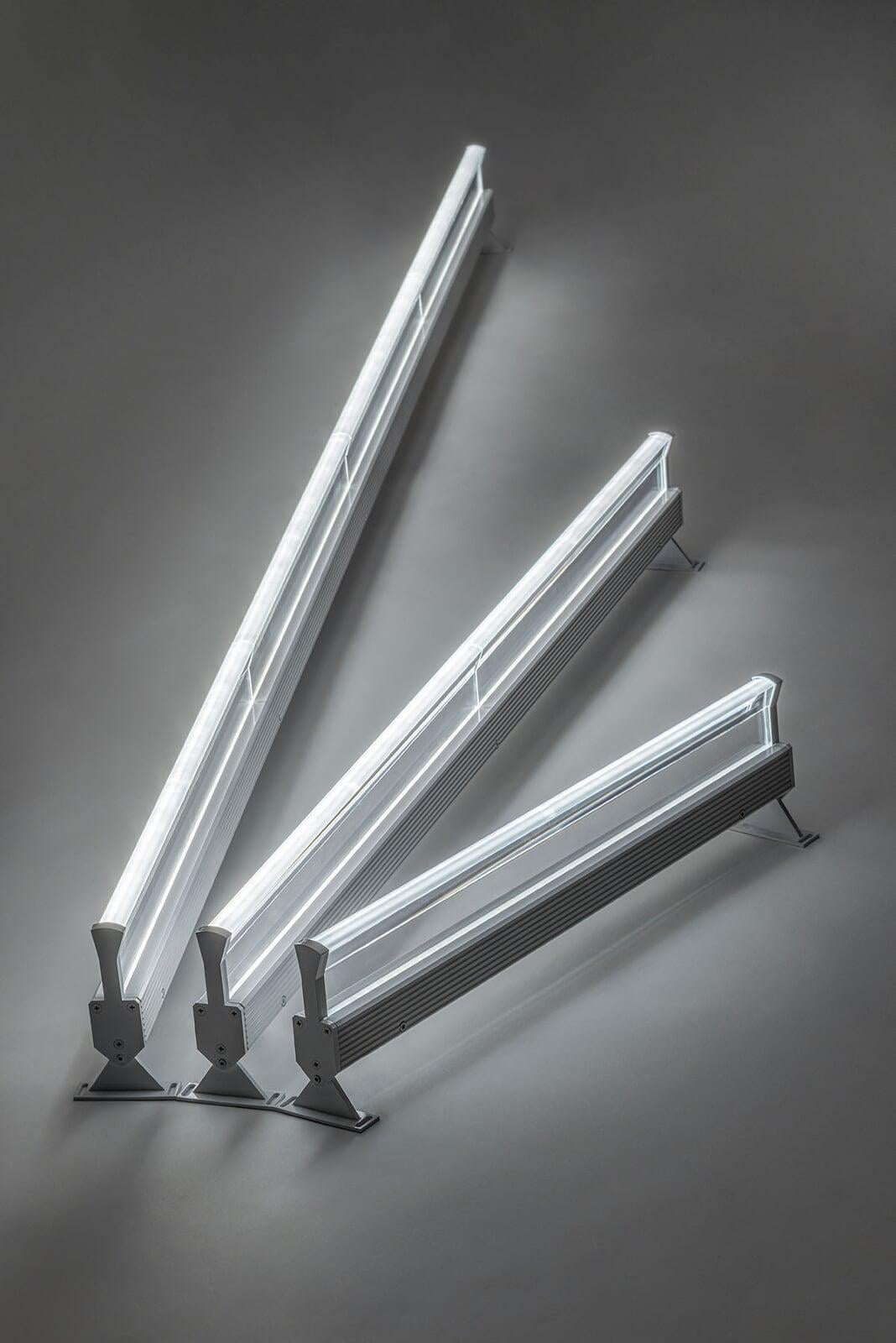
By shaping the optic at the edges of the waveguide, Edge-X is able to produce precise distributions that can’t be accomplished by conventional waveguides.
By shaping the light right as it leaves the LED and at the final edge of the waveguide, Edge-X is able to produce precise distributions that have never been accomplished by conventional waveguide technologies before.
Examples include asymmetric wall-washers with a uniformity ratio of 3-to-1 compared to, at the time of the museum project's specification, an industry average of 10-to-1, and even downlights which can include an uplight component.

By simply substituting LEDs into conventional optical arrangements, not only has no improvement been made in distributions, but sometimes the results can be worse due to how much brighter LEDs are in comparison to older light sources. It is only by creating optical designs tailored to LEDs’ unique capabilities that one can achieve dramatic improvements in function, uniformity, efficacy, and manufacturing costs.
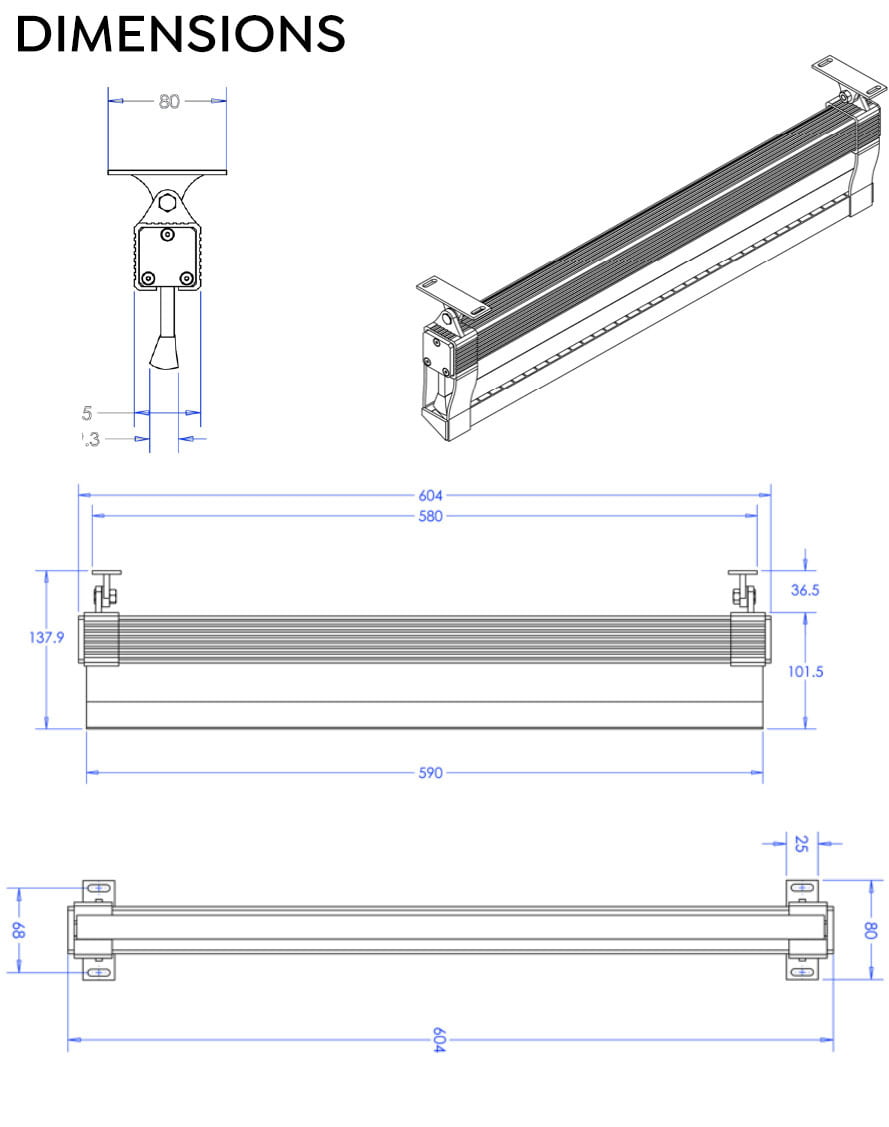
‘All of these capabilities are bundled into a fixture so small, when the museum saw it placed in a ceiling mockup, they chose to redesign the cove to take advantage of the empty space that was left behind,’ says QuarkStar CEO Louis Lerman.
By shaping the optic at the edge of the waveguide, Edge-X is able to produce precise distributions that can’t be accomplished by conventional waveguides.
Thus, it can either be recessed completely, or can be in full view without any glare issues. As a completely clear optic, it virtually disappears into an installation.
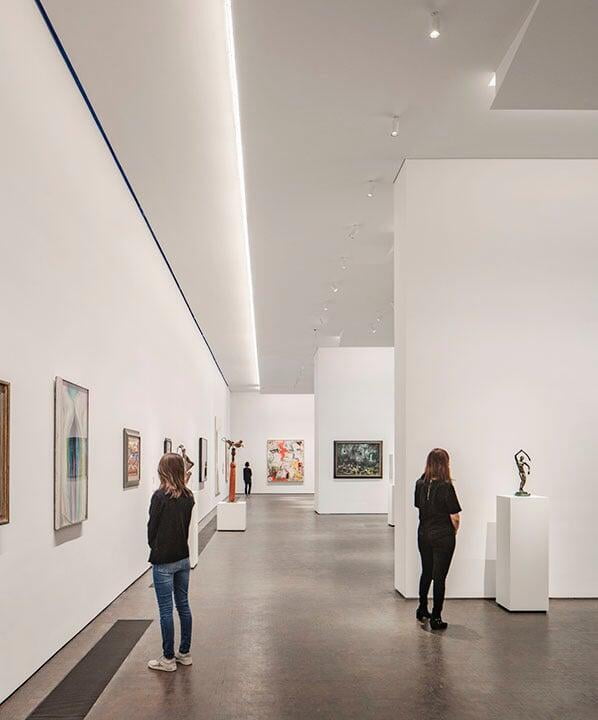
As a completely clear optic, the Q-Wall virtually disappears into an installation.
‘Glare is caused by large amounts of light directed at undesirable angles,’ says Lerman. ‘If the light is directed correctly outside of these glare-zones, then no glare is produced, no matter how bright the LEDs.
‘This means that even as LEDs continue to become brighter and smaller, luminaires designed with Edge-X technology can continue to produce comfortable, beautiful illumination’.
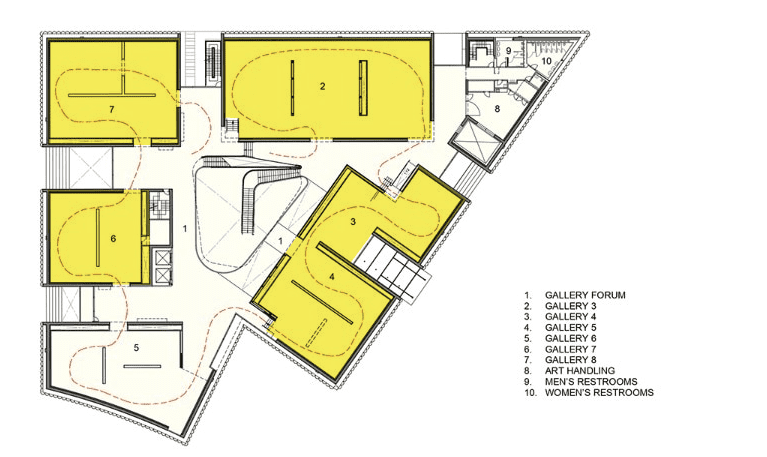
The second floor of the Kinder Building with, highlighted, the galleries implementing the Edge-X technology
The third floor is primarily lit by natural light through the cloud-inspired skylights. Of the first and second floors, QuarkStar lights all the galleries except for gallery 0 and 6, because gallery 0 contains self-illuminated installations and gallery 6 contains furniture installations that occupy the centre of the room far from the walls.
Jackie Teng, COO of QuarkStar, told the Build Back Better Awards: ‘The degree of uniformity over 16 foot walls coupled with the color tuning ability to seamlessly blend into a daylighting environment from a footprint this small is unprecedented.
'All of this comes from a fixture whose optic is less than an inch wide. The architects literally redesigned the gallery ceilings since they’d assumed the prior state of the art - that a much larger set of fixtures and gigantic optics was required to even attempt such ambitious goals.
'It truly demonstrates the real-world nature of our revolution in lighting optics.
'The beginning of the solid-state lighting industry had been simply replacing incandescent sources with LEDs in a purely evolutionary trend that meant LED luminaires were nearly indistinguishable from previous generations of lighting technologies in terms of light distributions.
‘We’re very proud to finally have an installation that can really show off what a revolutionary lighting technology can do when it is tailored from the ground up specifically for the LED.
‘This point goes beyond just the Museum of Fine Arts project.’







